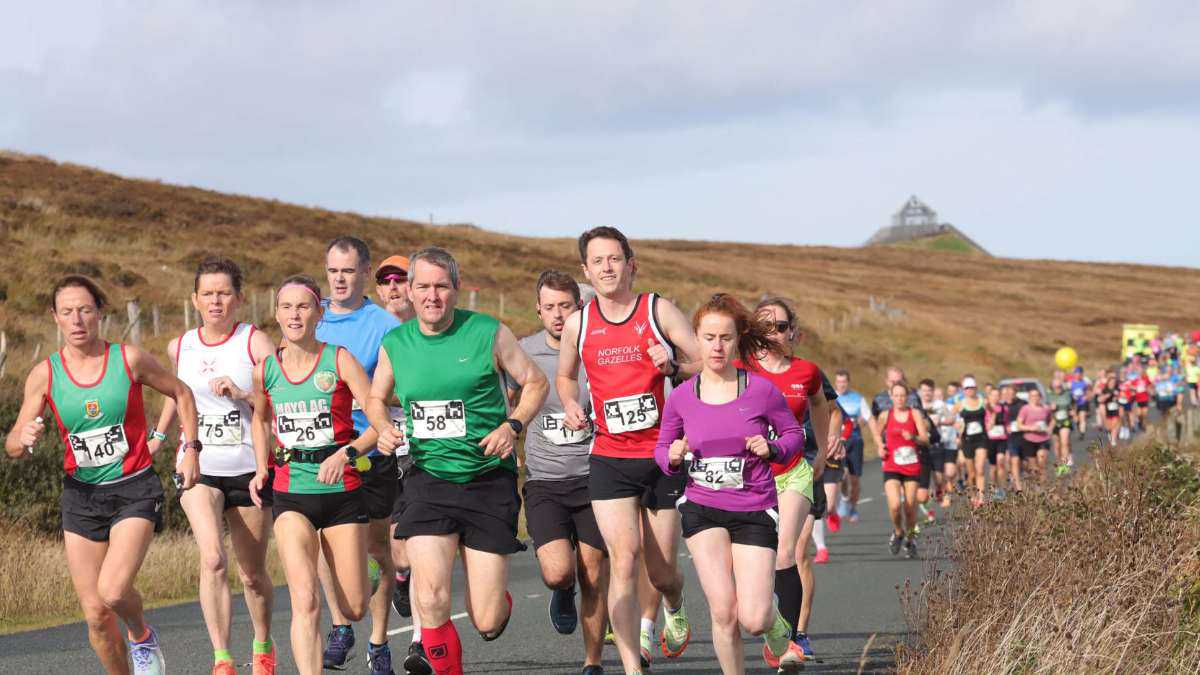Do you have radiating pain down your shins which gets worse when you ignore it? You might have shin splits aka medial tibial stress syndrome!
The pain is mostly felt on the lower 2/3 of the inside aspect of the shin. Shin splints can have multiple causes, but the most common symptom can be pain when running. The muscles responsible for dorsiflexing (raising foot) and supporting the foot’s arch during weight bearing exercise, tibialis anterior and tibialis posterior can play key roles in the onset of shin splits.
When these muscles can’t handle the workload placed upon them (e.g going straight into a 10k run after a long period on inactivity or a sharp increase in running mileage), shin splints may occur! Initially it may feel as if the muscles are just tired and sore, but this can develop into excruciating pain if not addressed.
It has been shown that up to 35% of new recruits to running can develop shin splints (1). If you are new to running, building up your mileage gradually is important to avoid aggressive spikes in training load. It’s important to note that not all pain in your lower legs is due to shin splints. Differential diagnosis may include a stress fracture (a microfracture). Shin splints are more likely to feel stiff/sore in the morning and the pain tends to radiate down the length of the muscle.
A stress fracture may be less painful in the mornings, but this pain will increase throughout the day as you are weight bearing. A stress fracture also tends to be more pin-pointed pain in your shins. A one-legged hop test can be a simple test used to differentiate between shin splints and a stress fracture.
A runner with shin splints can usually hop 10 times on the affected leg. Conversely, a runner with a stress fracture cannot hop without extreme pain. It is important to note any severe cramping, burning pain, numbness, pins, and needles on the calf and shins as this may indicate chronic exertional compartment syndrome which will require you to seek immediate medical intervention.
Management:
The management of shin splints is focused on activity modification, with less repetitive weight bearing exercise. A graded loading exposure program can be developed with your physiotherapist. Increasing the calf complex’s local load capacity while improving overall strength focusing on key muscles are important aims when rehabbing shin splints.
3 key take home points
- Shin splints are a type of shin pain, usually caused by sharp increases in training load. You will usually experience pain and tenderness along the medial aspect of the shin which gets worse if not addressed.
- Modifying your running load is important to address the pain. This can be done by reducing milage, intensity and duration of the runs until your body adapts/recovers. A rehab program designed to improve strength and range of motion is an important step in the recovery process.
- It’s important to visit your physiotherapist to differentiate between various forms of shin pain and receive the most appropriate treatment plan. Severe cramping, burning pain, numbness, pins, and needles on the shins and calf are signs to seek immediate medical attention.
References:
Lohrer, H., Malliaropoulos, N., Korakakis, V., & Padhiar, N. Exercise-induced leg pain in athletes: diagnostic, assessment, and management strategies. The Physician and sports medicine. 2018
